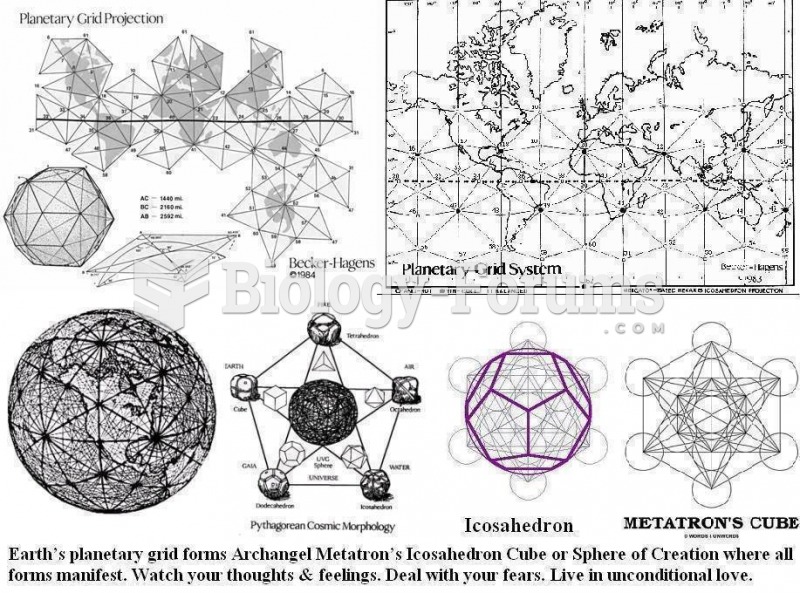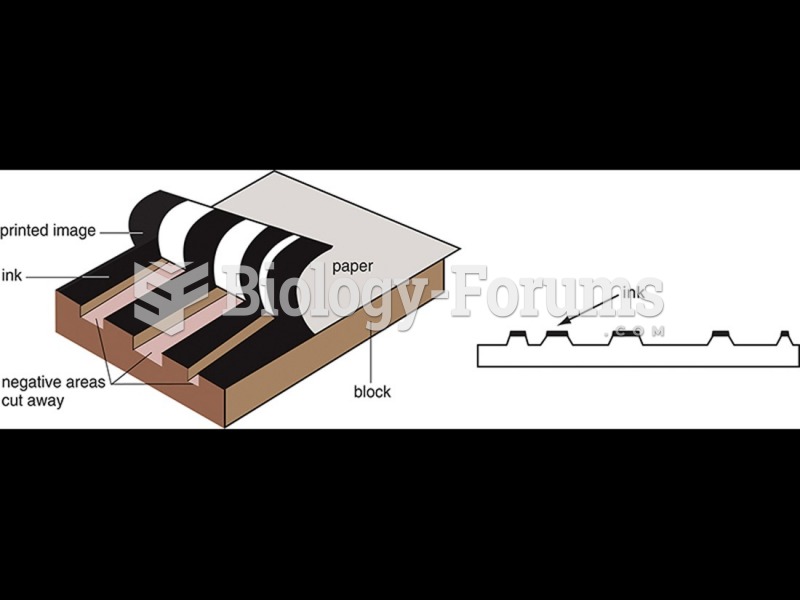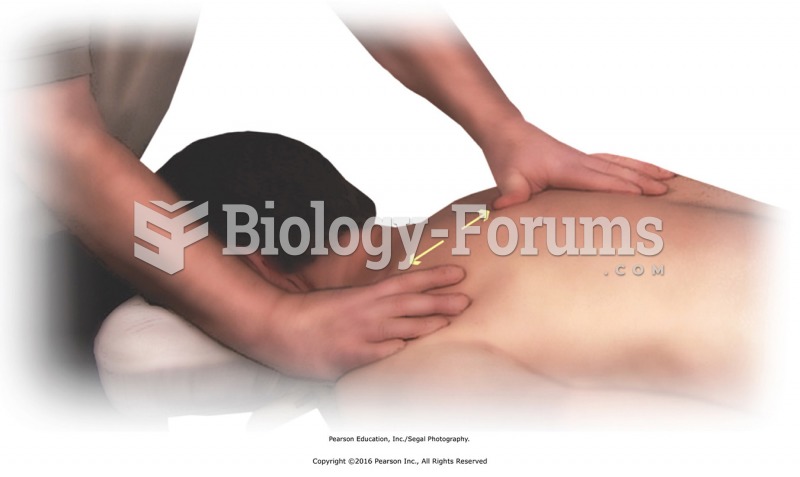Answer to Question 1
The grid technique is a simplistic, but well-known, heuristic approach to help companies with multiple markets and multiple supply points determine a least-cost facility location. Essentially, the grid technique attempts to determine a fixed facility (such as a plant or distribution center) location that represents the least-cost center for moving inbound materials and outbound product within a geographic grid. The technique determines the low-cost center of gravity for moving raw materials and finished goods.
This technique assumes that the raw materials sources and finished goods markets are fixed and that a company knows the amount of each product it consumes or sells. The technique then superimposes a grid upon the geographic area containing the raw materials sources and finished goods markets. The grid's zero point corresponds to an exact geographic location, as do the grid's other points. Thus, the company can identify each source and market by its grid coordinates.
The technique defines each source and market location in terms of its horizontal and vertical grid coordinates, and performs mathematical computations to find the ton-mile center. This equation will generate the least-cost location if transportation rates for raw materials and finished goods are the same. But transportation rates vary among commodities, and the ton-mile center equation does not reflect differences in the costs of moving commodities. The transportation rate pulls the location toward the location of the commodity with the higher rate. The higher rates of finished goods will draw the least-cost location toward the finished goods market and thereby reduce the distance the company moves these higher-rated goods. This will increase the distance the company transports lower-rated raw materials. Thus, the analysis must be refined to incorporate the transportation rates of different products.
The grid technique's strengths are in its simplicity and its ability to provide a starting point for location analysis. Computationally, the technique is relatively easy to use. A company can generate the necessary data from sales figures, purchase records, and transportation documents (either the bill of lading or the freight bill). More exact market and source location coding is possible, as is modifying the rate-distance relationship quantification. A computer can easily handle such refinements.
The grid technique also provides a starting point for making a location decision. Although transportation cost is not the only locational determinant, use of the grid technique can help at the early stage in the network design process by helping the decision maker to focus on an area or areas that are logistically advantageous.
The grid technique has limitations that the decision maker must recognize. First, it is a static approach, and the solution is optimum for only one point in time. Changes in the volumes a company purchases or sells, changes in transportation rates, or changes in raw materials sources or market locations will shift the least-cost location. Second, the technique assumes linear transportation rates, whereas actual transportation rates increase with distance but less than proportionally. Third, the technique does not consider the topographic conditions existing at the optimum location; for example, the recommended site may be in the middle of a lake. Fourth, it does not consider the proper direction of movement; most moves occur along a straight line between two points, not vertically and then horizontally..
Answer to Question 2
Typically, there are 23 groups per segment and 810 target customers in one focus group. They are invited to see the concepts and offer feedback about them. Discussions last about 1.5 to 2 hours and can begin as broadly as asking the customers to describe their uses of products in this category (e.g., household goods, foods, their driving habits, etc.). This helps marketers to get background information that can inform the product development or the positioning of the product via communications materials developed subsequently. Visual aides are very helpful and can include an artist's renderings, sleek photos, mockups, or prototypes. Sometimes, virtual reality is used, as well as competitors' products.







